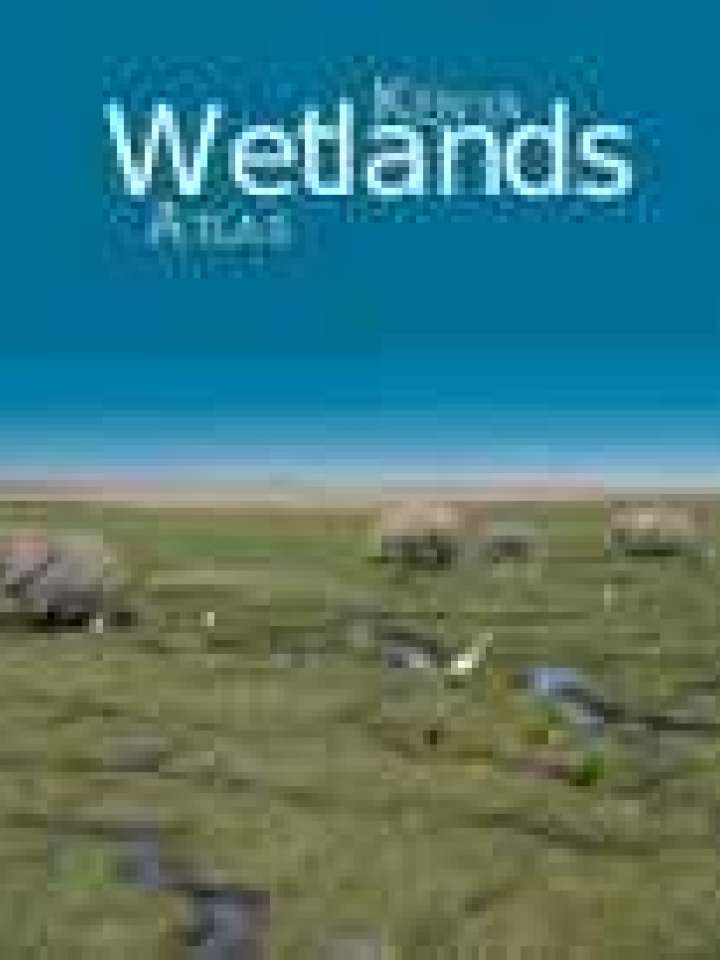Kenya wetlands atlas
This atlas provides visual evidence of the extent and severity of the changes taking place in Kenya’s wetlands spanning thirty years, mostly occasioned by intense detrimental human activities. It is the first major publication depicting the dynamics in Kenya’s wetlands using satellite imagery. The site-specific, side-by-side display of “before and after” satellite images show different kinds of changes in wetland ecosystems all over the country such as: agricultural encroachment; urban growth into wetland areas; altered hydrology (dams, shrinking lakes, river diversions, and drained wetlands); modified and degraded coastal areas; and the impacts of climate change, including the rise in the occurrence and severity of extreme weather events (surface water and ocean warming, coral bleaching, severe droughts, increasing desertification, contracting forests, flashfloods, more frequent landslides and rising sea levels).
The atlas, among others: (i) provides scientific evidence of environmental change in Kenya's wetlands and raises decision-makers’ awareness about its causes and effects; (ii) depicts the links between wetland ecosystems and people by showing where and how human populations have interacted with the wetlands and how the population may be affected by the highlighted and anticipated changes; and (iii) provides resource materials for educational purpose.
The atlas is intended to all who have an interest in the sustainable management and conservation of Kenya’s wetlands. It is the result of collaboration among many partners of the Government of Kenya. The satellite images and the story lines are supported by graphs, maps, and photographs to provide complete and compelling scientific evidence. The different sites highlighted by the change pairs in the Atlas serve as examples to illustrate that degradation and loss of Kenya’s wetland ecosystems is a widespread problem that needs to be urgently addressed.
Explore further
